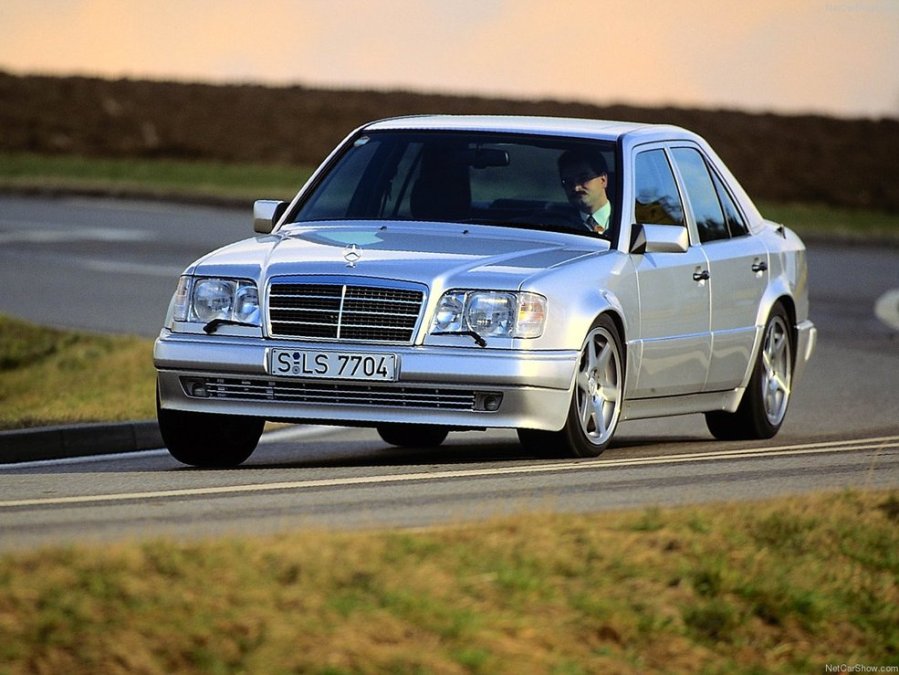We know about the cars that have “handling by Lotus” but what about the cars that have been influenced by Porsche? We investigate.
When it comes to parts sharing, collaborations between manufacturers can be both a good and bad thing. Take the latest Toyota Supra; it shares the majority of its parts with BMW’s new Z4. From a Japanese enthusiast’s point of view, this is a bad thing; the iconic namesake is now tarnished by a soft-top Bimmer.
From a more positive point of view we have the Vauxhall VX220, which shares its platform with the formidable Lotus Elise. The Ford Cortina, built in conjunction with Lotus to form the Lotus Cortina is another example. The Ford Sierra Cosworth, with expert race engine builders Cosworth getting in on the action. You spot a car with the words Cosworth on, you know that engine will be superb. The same goes for Lotus, spot the badge, or usually “handling by Lotus” and you know that car will handle superb.
The same, then, goes for Porsche. Except it’s not always as obvious that Porsche has been involved in some way. There are no badges plastered about the place to constantly remind you that the Stuttgart-based-marque has fettled with the dynamics. So which cars have been influenced by Porsche? We have a look at some examples.
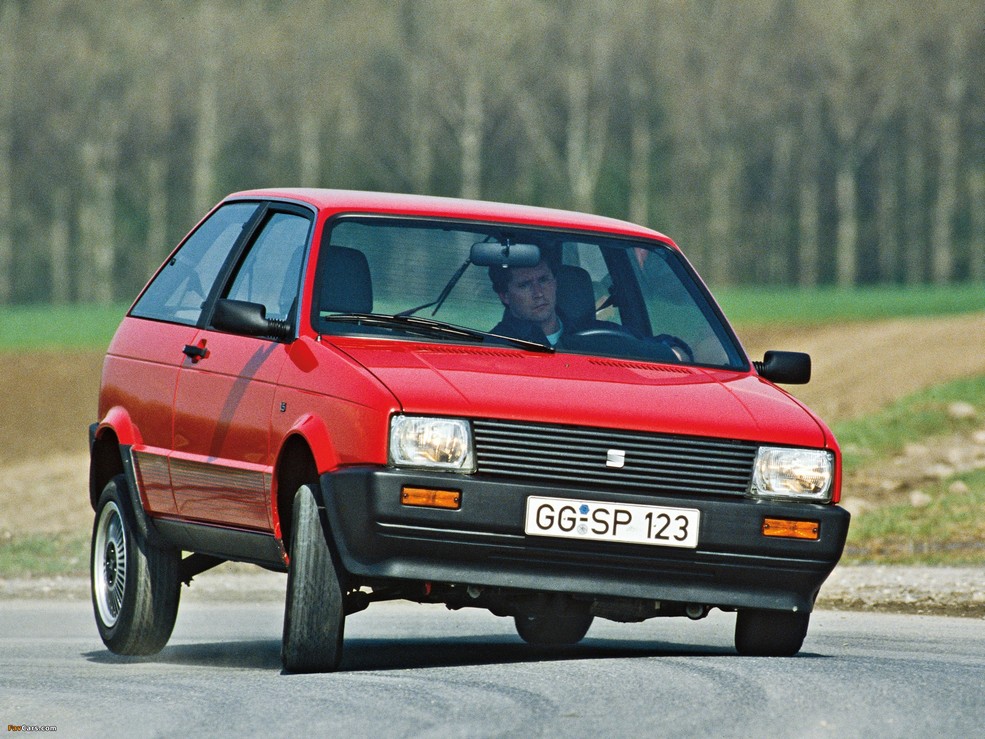
Seat Ibiza 1.2
Highlighting the Seat Ibiza here is probably not what you were expecting. Back in 1984 at the Paris Motor Show, Seat unveiled the fruits of its labour with a collaboration between itself, Italdesign, Karmann and none other than Porsche. As a result, its slogan of “Italian styling and German engines” was true down to a T.
In short, the design work was headed by Giorgetto Giugiaro’s Italdesign, leaving the engine and gearbox components to Porsche. However, in order for Seat to publicise Porsche’s involvement, Seat needed to pay seven German marks per car sold to Porsche, which allowed Seat to print System Porsche on the engine covers.
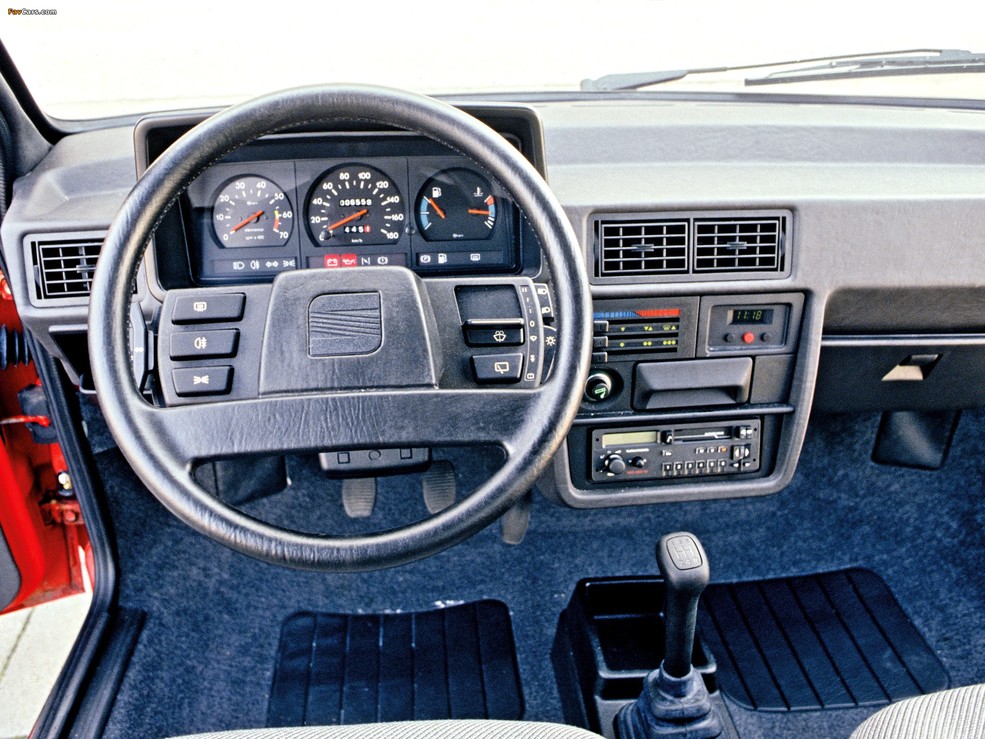
To put it simply, though, while obtaining power from the 1.2-litre single-cam engine wasn’t too difficult, the subsequent 63bhp it did produce simply wasn’t enough, leaving reviewers of the day wanting more simply because it weighed too much.
That being said, it didn’t stop the millions of customers going out and buying one thanks mostly to its sub-£7k price (1993 GLX model), which undercut its nearest rival, the Nissan Micra 1.2 GS, by some £600.
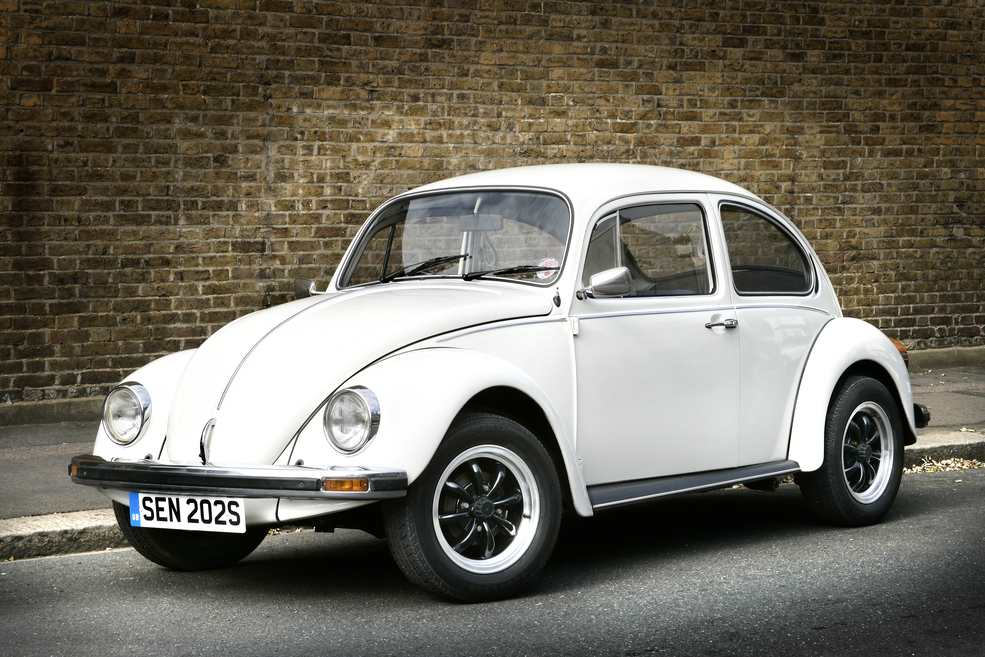
VW Beetle
The VW Beetle isn’t so much a car that’s been influenced by Porsche, but has Porsche running through its veins. The story goes that the idea was first penned in 1931 by Ferdinand Porsche and Zundapp, who developed the Porsche Type 12, also known as the Auto Fur Jedermann, or Car for Everyone.
Fast forward a couple of years and the Beetle started to take form. A few running examples saw Adolf Hitler commission Porsche to develop the Peoples Car – Volks Wagen in German. The car was to house two adults and two children in comfort while being able to cruise at 100km/h.
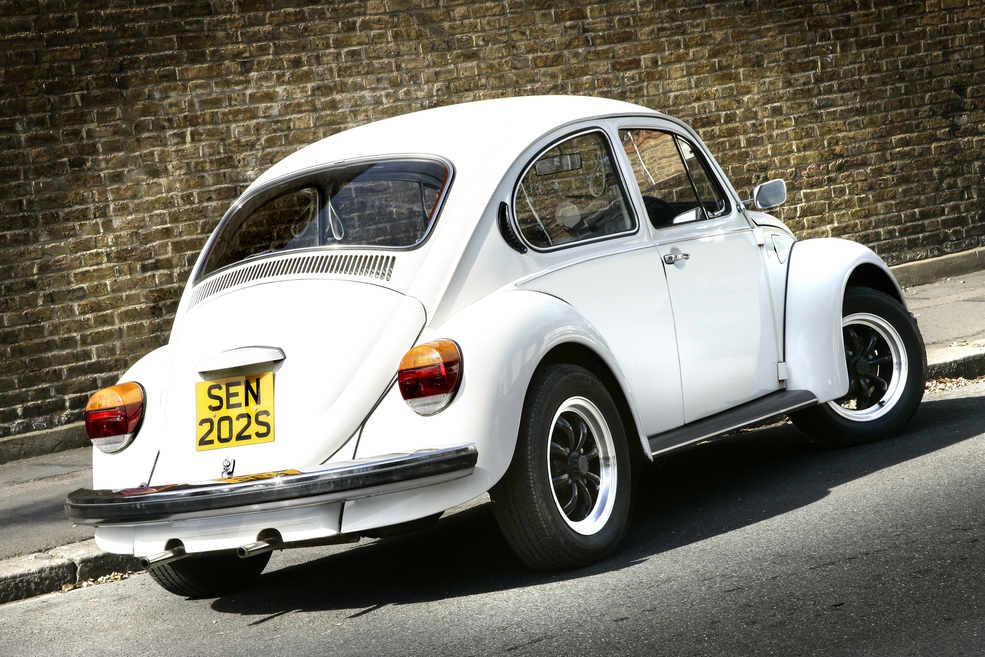
This was followed by a whole host of different model names. Initially it was tagged the Porsche Type 60, then the KdF-Wagen, short for Kraft durch Freude, which was the leisure arm of the Third Reich. It then became V1 of the Type 60, through to V3 in 1936. By 1937, 30 W30 pre-production cars were manufactured by Daimler-Benz and put through 1.8million miles of testing.
As a car for the people, Hitler was keen to introduce a part-payment system that would see customers buy a Sparkarte, or savings card, for one Reichsmark, then pay 5 Reichsmark per week until the car’s RRP of 990 Reichsmark was paid off.
But the outbreak of the Second World War killed off production of the road car and switched attention to military vehicles. Porsche was asked to transform the Beetle’s chassis for military use, which saw the Kübelwagen and amphibious Schwimmwagen born.

By 1946, the war was over, but the VolksWagen factory in Wolfsburg was occupied by the British. Thanks in large part to the determined efforts of British officer and engineer Ivan Hirst, production of the Beetle recommenced at Wolfsburg and by the end of the year over 10,000 cars had been produced. Over a decade later, around a million cars had been built and sold. That being said, it wasn’t called the Beetle, instead it was known as the Type 1 until 1968 when it was officially given the name Beetle. Incidentally, the name was lifted to great heights in the same year, thanks to a series of movies featuring a 1963 Beetle with a racing pedigree; we’re of course referring to Herbie here…
The tricky bit is generalising about the various models; obviously there’s a big difference between a Split Rear Window Beetle from the early 1950s and a curved screen MacPherson strut 1303 Super Beetle made two decades later. That said, the basic format didn’t change – namely the air-cooled engine in the back powering the rear wheels, a platform chassis, bolt on wings and that wonderfully distinctive bug-like shape.
Incredibly, the very first Beetles left the Wolfsburg production line over 80 years ago; they had a dividing bar in the rear window which was removed in 1953, these models being commonly known as the ‘Oval’. The rear window was enlarged again in 1958. Bigger engines arrived a decade later (1300cc and 1500cc from 1966 and ’67 respectively) and most cars got upright headlights in place of the previous sloping affairs and 12v electrics from ’67 which also helped driveability.
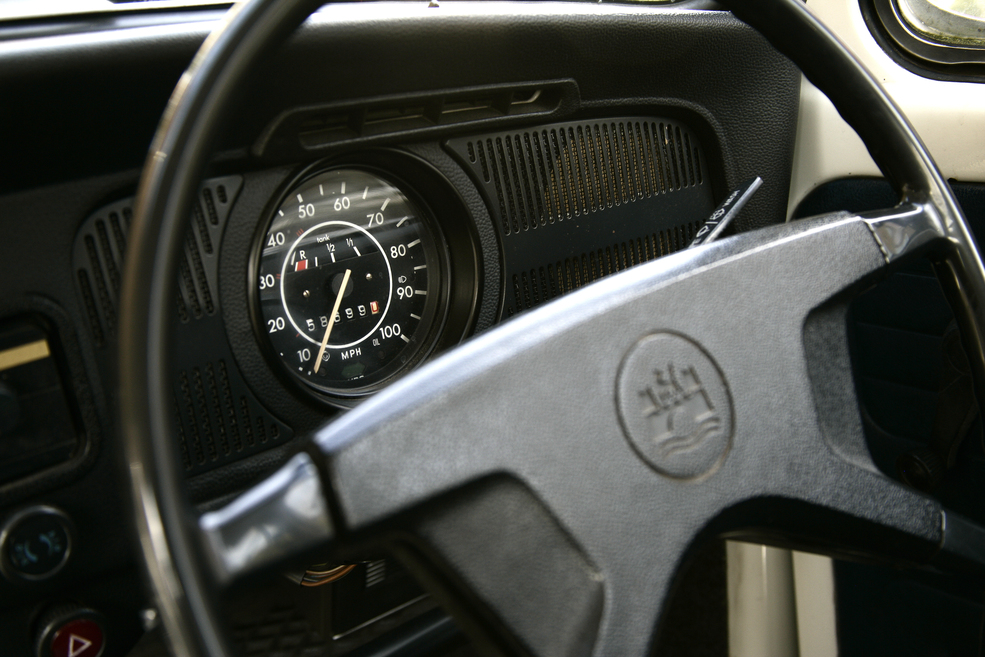
The switch from torsion bars to MacPherson struts initially on the flat windscreen 1302 in 1971 also made a big difference, as did the arrival of the Super Beetle with its rounded screen and curvy plastic dash two years later. There was also an attractive Convertible in the Beetle line up. Production switched from Germany to Mexico in 1979, with the last one finally leaving the production line in 2003.
While the Beetle was never intended to be quick, its appeal today lies in its personality. To put it bluntly, you either like it or not, and given how many were sold over the years, the Beetle has cemented itself as one of the most charming classics you can buy. It does what it says on the tin, and its German engineering has been commended over the decades making it a good everyday classic to own and use.

Audi RS2
The crème de la crème of the breathed-on projects was the Audi RS2, or P1 as it was known from inside the factory. To put it simply, P stood for Porsche and 1 was the first model, easy. The story goes a bit like this; Ferdinand Piëch, the head of Audi’s supervisory board, had a bold plan to build a very fast estate car. The timing wasn’t great, though, given the new A4, A6 and A8 were all being built by the Ingolstadt engineers.
The fix? Bring Porsche on board and have its engineers build the RS2. Piëch worked for Porsche during the 1960s and 1970s, so his ties to the marque were strong enough for this to work. The other point being that Audi had in fact had a hand in building the 924 and 944, too, there perhaps being some moral debt…
What exactly is from Porsche then? Let’s go through the list. The wing mirrors are straight from a 911; the front bumper, including indicators and sidelights from Porsche, too. The 17inch wheels are Carrera Cup spec, but the most obvious parts sharing is behind those wheels; inspect those brake calipers and they quite literally spell out the word Porsche. On the front grille and tailgate too, in smaller font, is displayed the word Porsche. On a side note, the R in RS2 is kept separate to denote that the model is a Renn variant of the existing S2 model from Audi.
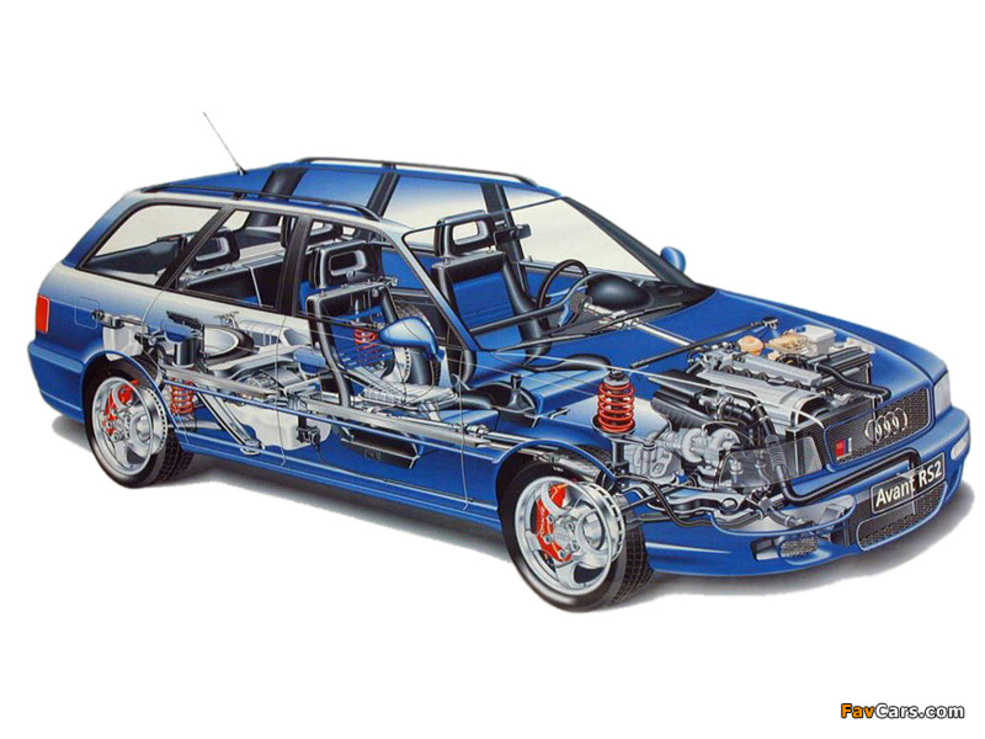
That’s the bodywork done, now under the bonnet. While the same 20-valve five-pot remained, the turbo was now a KKK snail, some 30% larger, lifting boost from a modest 1.1 bar to 1.4 and subsequently upping power from 230bhp and 258lb ft to 315bhp and 302lb ft. This was made possible with more aggressive camshafts, new injectors, a freer flowing exhaust manifold and a bigger intercooler. Making use of the upgrades was a new Bosch engine management system. Porsche’s work done.
Road testers were astounded with the level of grip from the torsen-based quattro system, although with a tendency to understeer. The other thing they noticed was the turbo lag. Given the turbo was 30% larger in comparison to the S2, it meant that overall you had more power, but you still had to wait for that power to be unleashed, as a result, anything under 3500rpm is nothing to write home about. It starts to pick up its stride once you see 4000rpm, delivering that classic turbocharged power delivery that many of us have come to love.
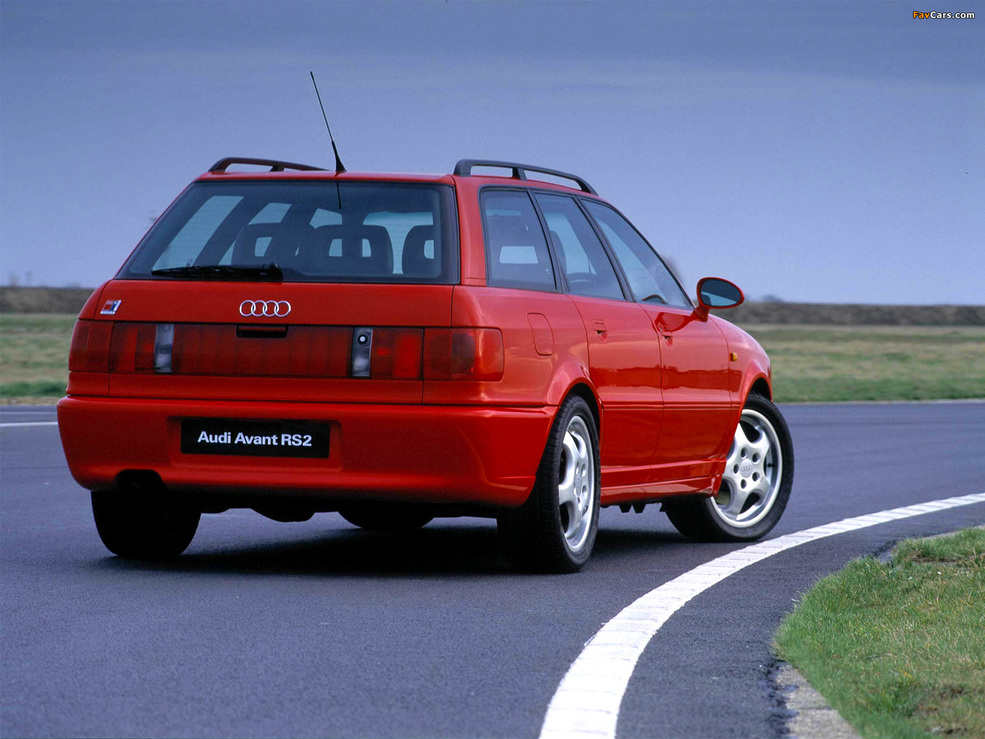
Autocar & Motor ran the headline “Quicker than a McLaren” when the RS2 was launched, and it wasn’t exactly lying. 0-30mph came in at 1.5 seconds, whereas the F1 came in at 1.7 seconds; OK, it’s negligible and the F1 then goes on to annihilate the RS2 in every other performance aspect but the RS2 was still faster to 60mph than any Porsche in its day, bar the Turbo. Autocar timed the car at 4.8 seconds, despite the official figures being 5.4 seconds – incidentally, on paper that put the RS2 behind even the 911 Turbo to 60mph, some clever marketing as to not upset Porsche owners.
Overall build figures sat at around 2900, despite Audi originally wanting to limit that to 2200, but such was popularity that more cars were built. Of those 2900, just 180 were right-hand drive, so trying to find an example fit for UK roads might be a step too far. That being said, at the time of writing there were a few RHD examples for sale around the £53k mark. Ownership costs are where things get interesting, though, as parts are thin on the ground. So, if the original fast estate kingpin tickles your fancy, be ready for headaches when needing replacement parts.
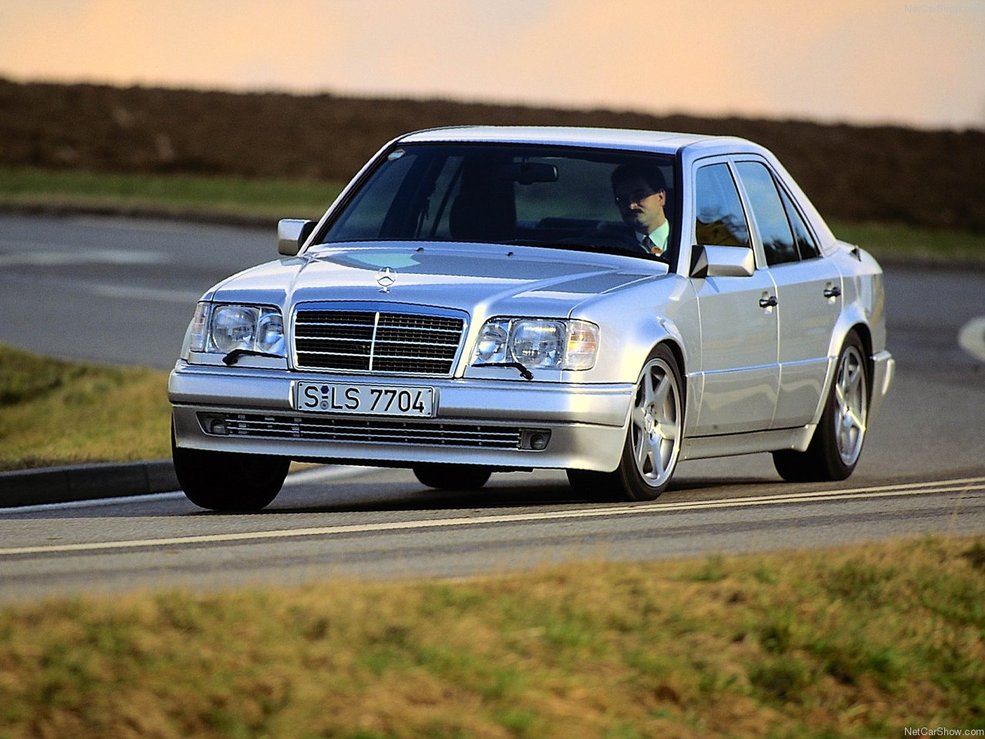
Mercedes E500
Similarly to the Audi RS2, the 500E, or E500 from 1994 onwards, was built by Porsche at one of its factories. Fun fact, that factory also happened to be where the outrageous Porsche 959 was built, too.
What Porsche did was take a seemingly regular 300E that would have been the run-of-the-mill car for bureaucrats and added aggression and power. What was different?
Porsche used the 5.0-litre V8 (M119) found in the 500SL sports car, which gave it some 325bhp and 354lb ft of torque. To get that extra 20lb ft of torque over the standard engine, Porsche used a Jetronics Ignition System.
Due to the sheer size of the V8, even the battery had to be relocated to the boot. The front and rear arches were then both flared to accommodate wider wheels and added grip, which meant a new wider front bumper was used. Inside, the plush seats were replaced with leather Recaro sports seats and the rear could be specified with a wood console between the rear passenger seats.
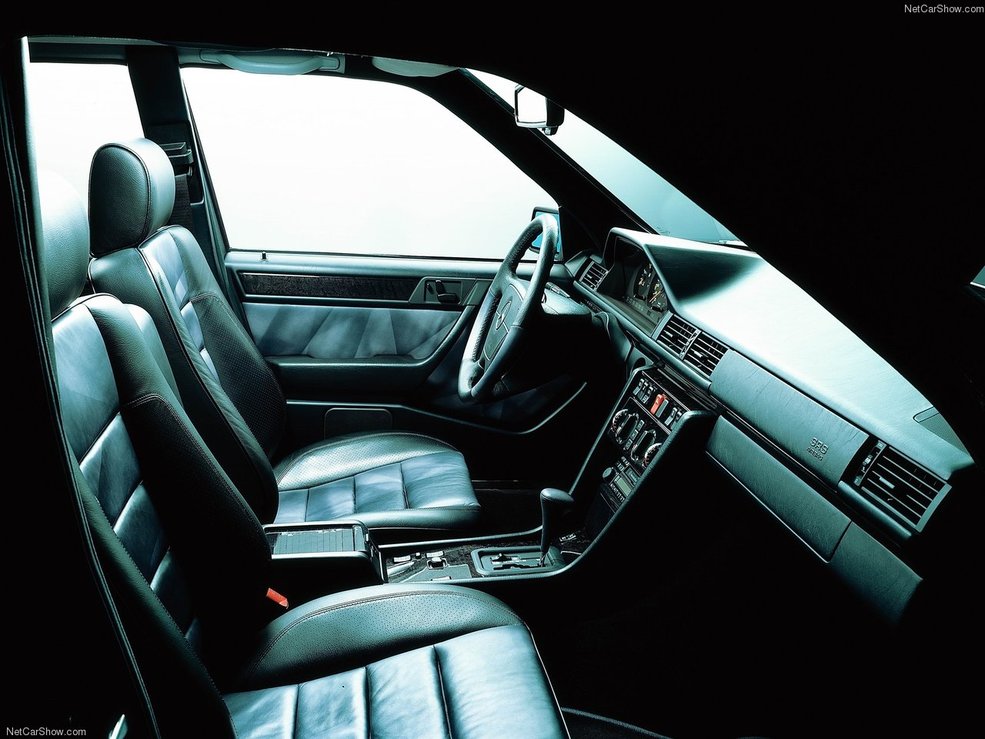
The suspension was lowered some nine inches, which also sharpened up the handling, something that big Mercs were not used to. You also got bigger brakes all round to help you stop. Note the facelift cars featured bigger brakes again.
The result was a super saloon that on paper could finally take on the likes of the M5 from BMW, and that it did. In August 1991, Autocar & Motor tested the car and noted that up into well over the speed limit range, the M5 couldn’t compete with the Mercedes: “Acceleration is formidable, the M5 can’t match this pace until 120mph”.
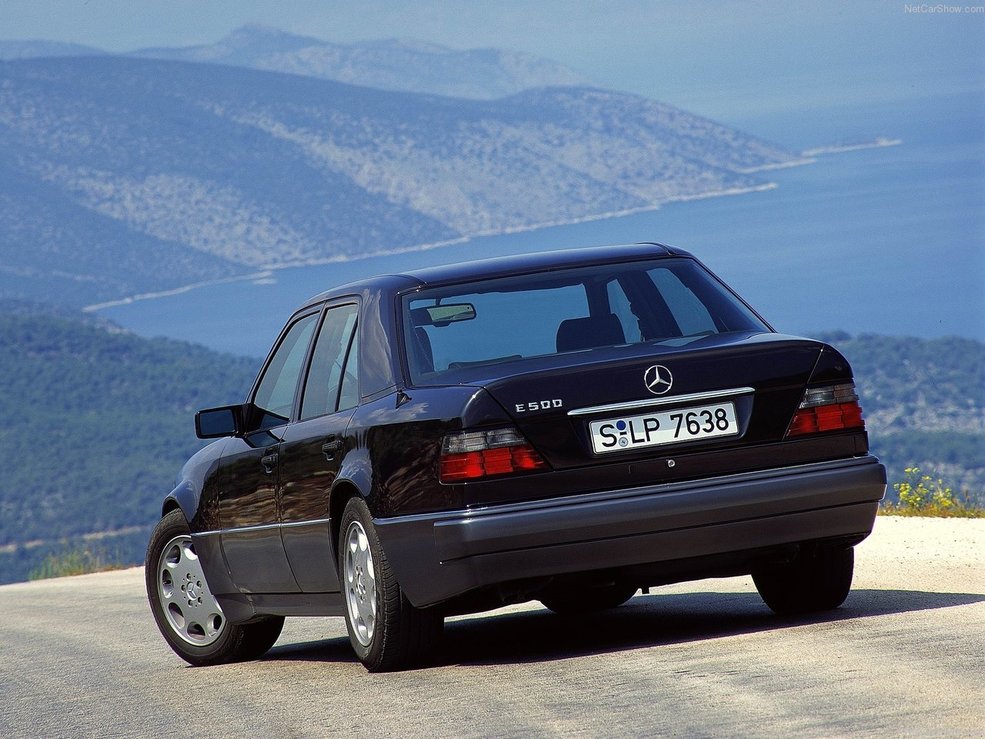
The handling changes hadn’t gone unnoticed by road testers, either. Autocar went on to say that the Mercedes had a “split personality Dr Jekyll would be proud of… well balanced right up to impressive cornering speeds… steering feeds back enough to encourage driver confidence”.
Autocar concluded that “Mercedes has created a car with great natural poise, good steering and huge power, only to prevent those items from gelling perfectly.” This is the key difference between what Porsche does and what Mercedes does. With Porsche, it is apparent that all of the components work together harmoniously to create a brilliant driver’s car. With Mercedes, straight line grunt and comfort takes precedent over other aspects. While Porsche injected some of its DNA into the 500E, ultimately it wasn’t enough to take it ahead of its arch rival, the M5.

